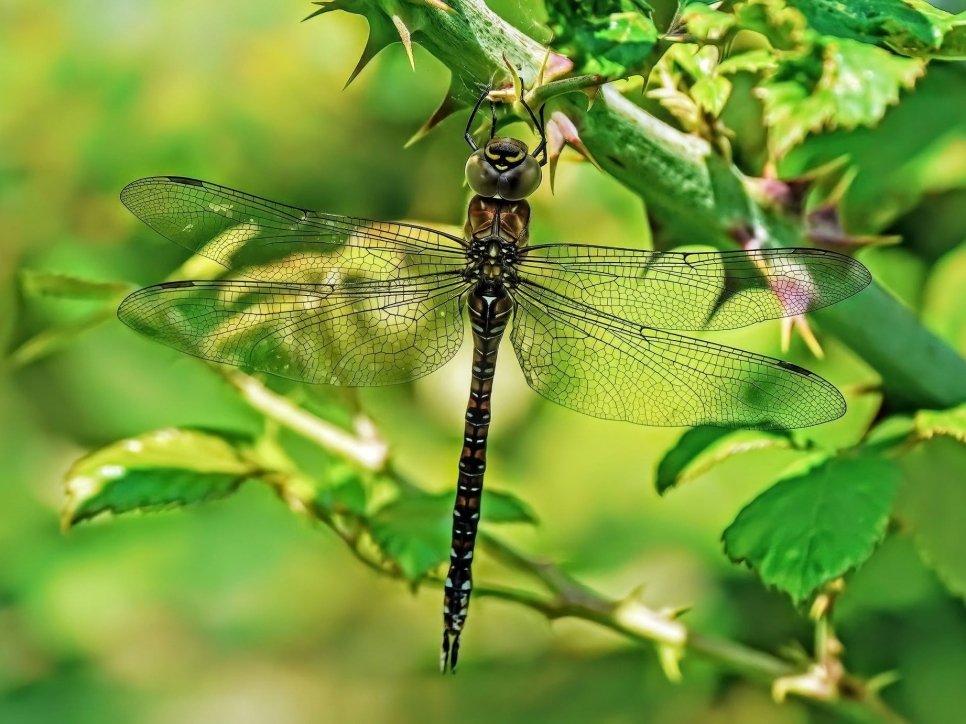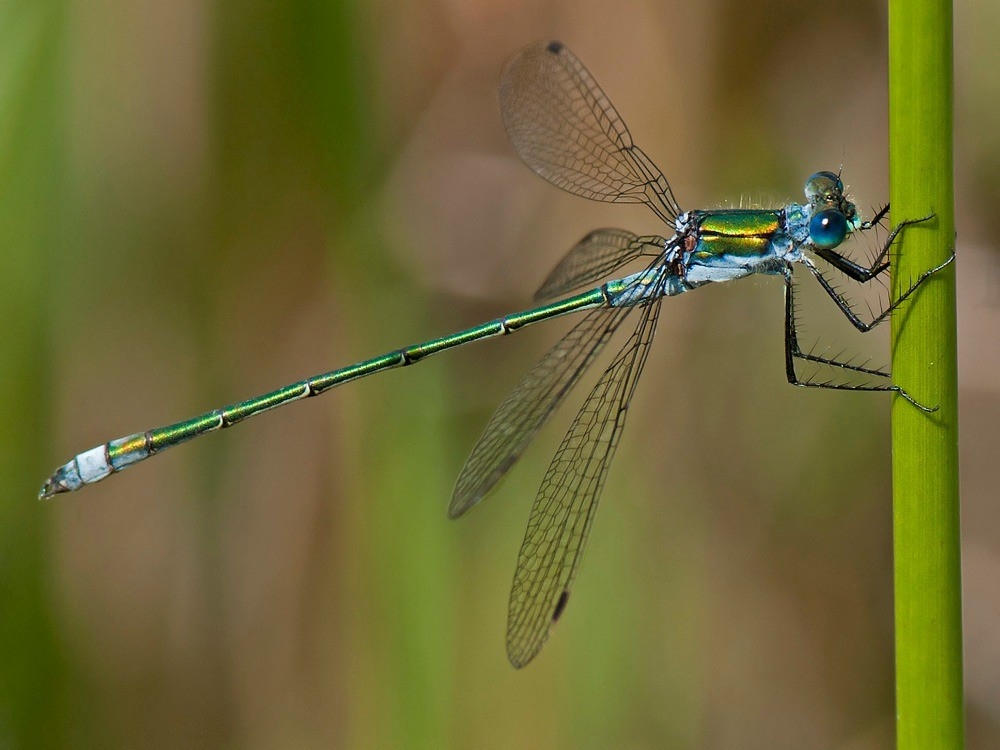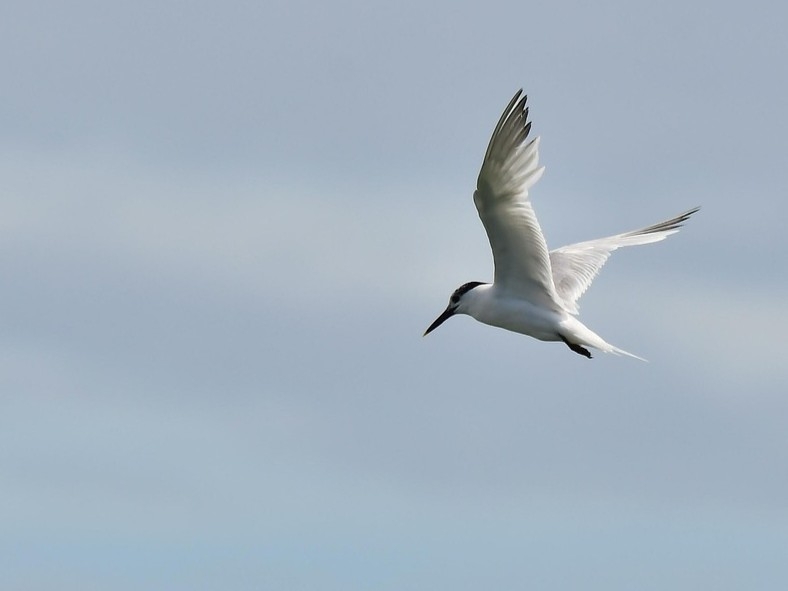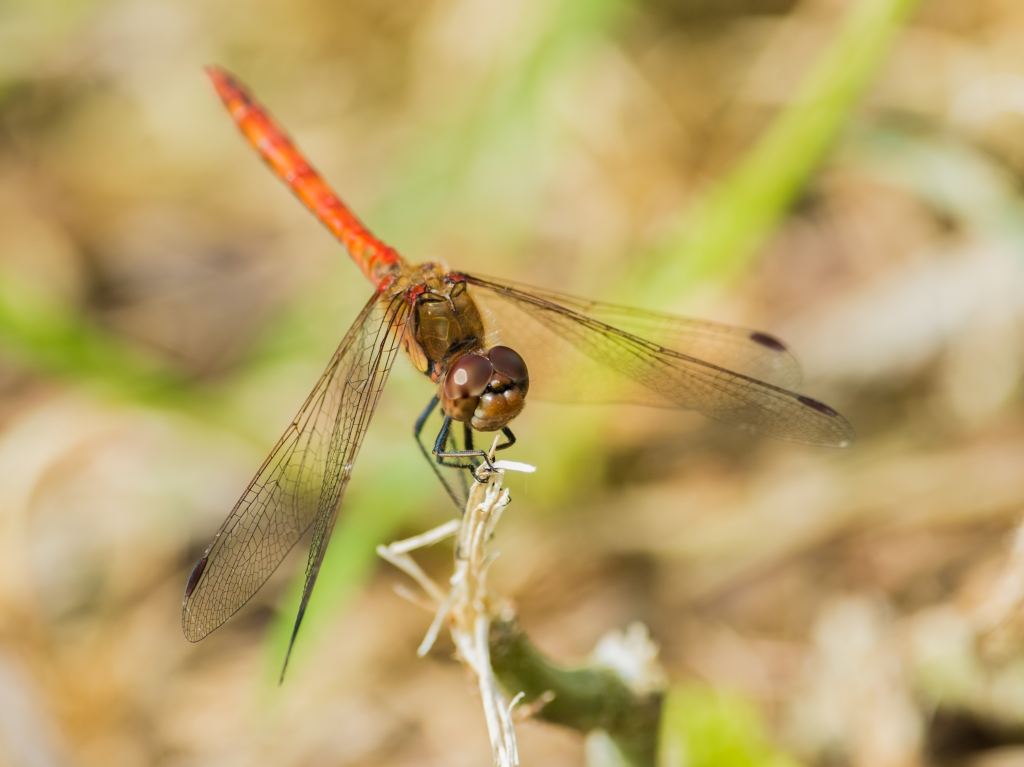Migrant Hawker, Spotted Redshank, Cattle Egret, and a pair of Green Sandpipers
Little or Cattle? They sound similar enough!

It's been a quiet week, but the dragonflies keep droning along
Wildlife Sightings at WWT Llanelli from 21st – 27th July 2025
Highlights: Migrant Hawker, Spotted Redshank, Cattle Egret, Green Sandpiper
Our most recent dragonfly to emerge this summer has been the Migrant Hawker. As implied by their name, the Migrant Hawkers are becoming more and more numerous as they migrate from mainland Europe to Britain! Prior to 1940, these dragonflies were only known to be visitors; today, they are well-established breeders in the UK. First spotted near the Michael Powell Hide, you will most often find them hawking along sheltered woodlands in search for insect prey.
Out on the Saline Lagoon, an imposter has infiltrated a small group of Redshank – but let's be honest, it's not that out of place. This Spotted Redshank was not showing off its breeding plumage, instead opting to blend in a little more. Usually, the two species contrast more sharply in the summer, when the Spotted Redshank's plumage is nearly totally black except for its namesake white spots. When not in breeding plumage, it can be challenging to tell them apart, but it is possible by looking for the Spotted Redshank’s noticeable eye stripe and absence of white wing stripes.
Spotted from the British Steel Hide on Thursday, our next highlight is the delightful Cattle Egret. These stocky white herons can easily be confused with the Little Egret due to their similar size and white plumage; however, there are a few easy ways to tell the two apart. Cattle Egrets are slightly smaller than Little Egrets and have a shorter neck and legs with a notably more compact body. Additionally, in contrast to the Little Egret's black legs with yellow feet and black beak, Cattle Egrets have fully yellow or greyish legs and a yellow beak. This species continues to become more common in the UK and favours areas with livestock, as they churn up the ground where the their favourite invertebrate snacks reside.
Our final highlight of the week is the pair of Green Sandpipers that came to visit us on Freshwater Lagoon this week. Green Sandpipers aren’t particularly rare here (forgive us – it’s been a slow week!). But they can be hard to spot due to their size and low-key nature. They tend to discretely forage for insects on the muddy banks of freshwater lakes and marshes, however, they often give themselves away with their loud call.
Featured Photo Credit: Dave Westmacott



